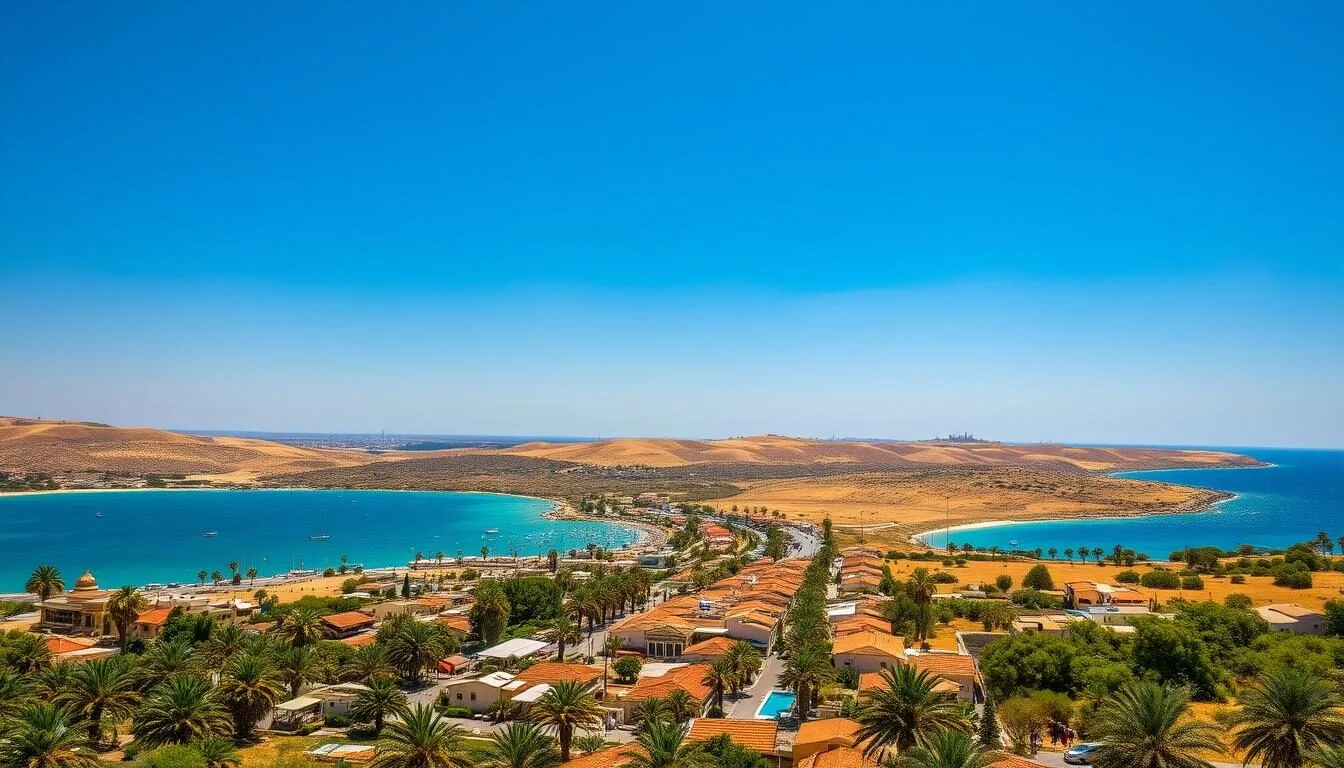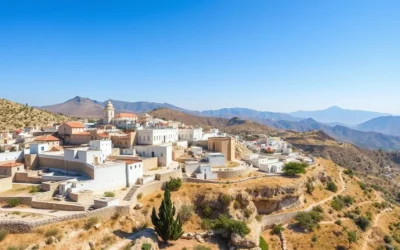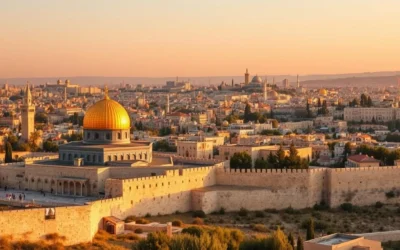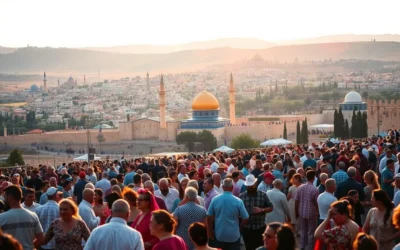✓ Accommodations✓ Flights✓ Rental Cars✓ Tours & Activities
Did you know that over 4 million tourists visit Israel annually, drawn by its rich history, spiritual significance, and diverse landscapes? With such a vast array of experiences to explore, from the sun-kissed Mediterranean beaches to the ancient ruins of Jerusalem, timing your visit is crucial.
Understanding the regional climate variations and seasonal highlights can make a significant difference in your travel experience, affecting comfort levels, crowd sizes, and accommodation prices. Whether you’re seeking pleasant temperatures, fewer tourists, or specific cultural experiences, this guide will help you determine the best time to visit Israel.
By exploring the optimal times to experience Israel’s diverse attractions, you’ll be well on your way to planning a weather-savvy trip that meets your preferences.
Understanding Israel’s Climate Patterns
Israel’s diverse geography gives rise to a complex climate pattern that varies significantly across different regions. The country’s climate ranges from the hot desert areas in the south to the mild coastal regions along the Mediterranean.
Regional Weather Variations Across Israel
Israel’s climate varies greatly from one region to another. The coastal areas tend to be milder, while the inland regions can be quite hot during the summer months. In contrast, the winter months bring cooler temperatures and rainfall to the north and central regions, while the southern desert areas remain relatively mild.
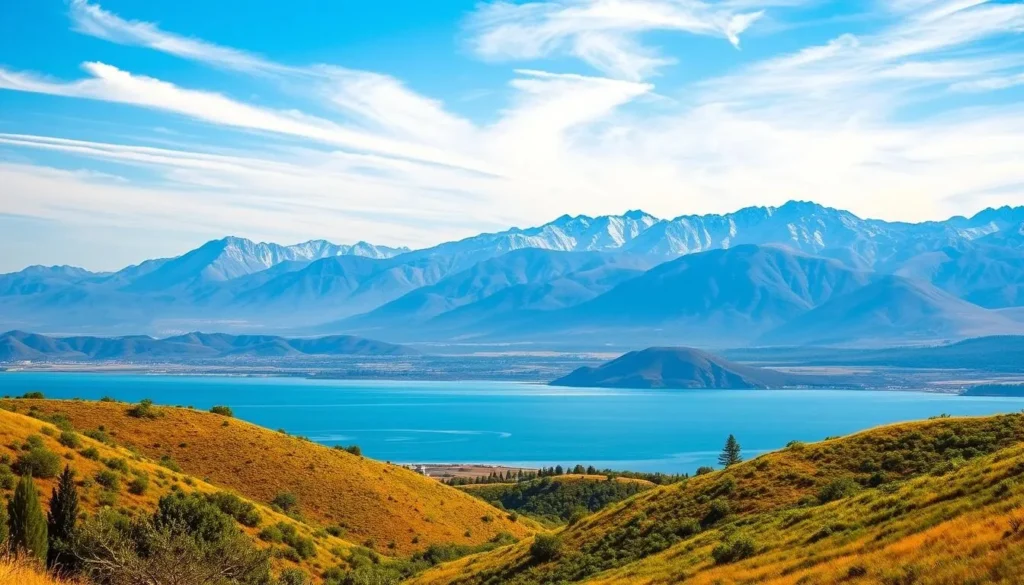
Four Distinct Seasons in the Holy Land
The Holy Land experiences four distinct seasons throughout the year. Spring and fall are considered the best times to visit, with mild temperatures and minimal rainfall. During summer, Israel can be very hot, especially in the desert regions. In winter, the temperatures can drop significantly, with some areas even experiencing snow.
Each season offers a unique perspective on Israel, from the blooming landscapes of spring to the pleasant temperatures of fall, and from the hot summer days to the cooler winter months.
Israel: Best Months for a Weather-Savvy Trip
For a weather-savvy trip to Israel, consider visiting during the shoulder seasons. On the whole, the best time to visit Israel is during spring (March to May) and fall (September to November), when daytime temperatures are typically mild—not too hot nor too cold.
Spring (March to May): Blooming Landscapes
Spring in Israel brings blooming wildflowers and lush landscapes, making it an ideal time for outdoor exploration. During this period, you’ll experience comfortable daytime temperatures ranging from 20-25°C (68-77°F), perfect for visiting both indoor and outdoor attractions without weather-related discomfort.
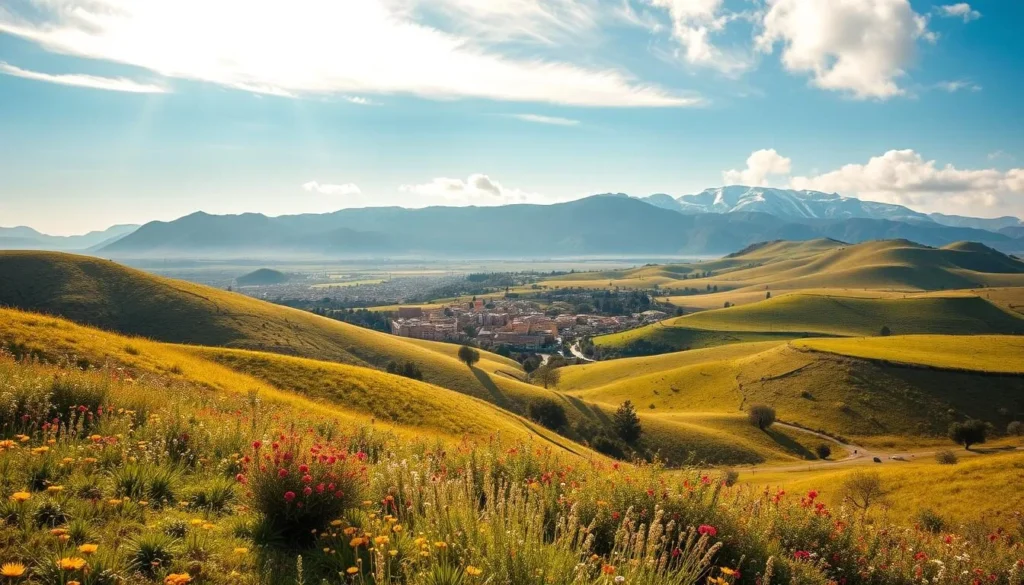
Fall (September to November): Pleasant Temperatures
Fall in Israel offers clear skies and pleasant temperatures, making it another excellent season to visit. The weather remains comfortable, with temperatures similar to those in the spring, allowing you to enjoy extended daylight hours for sightseeing while avoiding the extreme midday heat of summer.
Why These Shoulder Seasons Excel
The shoulder seasons of spring and fall excel due to their balanced combination of favorable weather, reasonable prices, and manageable crowd levels. You’ll enjoy a more authentic experience with a good balance of tourists and locals, and you’ll find that accommodation and flight prices tend to be more reasonable compared to peak summer months.
- Comfortable temperatures for exploring indoor and outdoor attractions.
- Versatile travel experience across all regions of Israel.
- Better value for your travel budget.
- A more authentic experience with balanced tourist and local populations.
Seasonal Breakdown: What to Expect Year-Round
As you plan your trip to Israel, understanding the seasonal breakdown is crucial for a memorable experience. Israel’s climate varies significantly across different regions, making it essential to know what to expect during your visit.
Summer (June to August): Heat and Crowds
Summer in Israel can be quite hot, especially in the desert regions. Tel Aviv will have you feeling uncomfortably sticky during the peak summer months (July and August) due to high humidity along the coastal areas. Temperatures tend to hover around a bearable 30C (86F), but the heat can be oppressive. In contrast, Jerusalem is a more pleasant place to be during summer, with drier and more comfortable conditions.
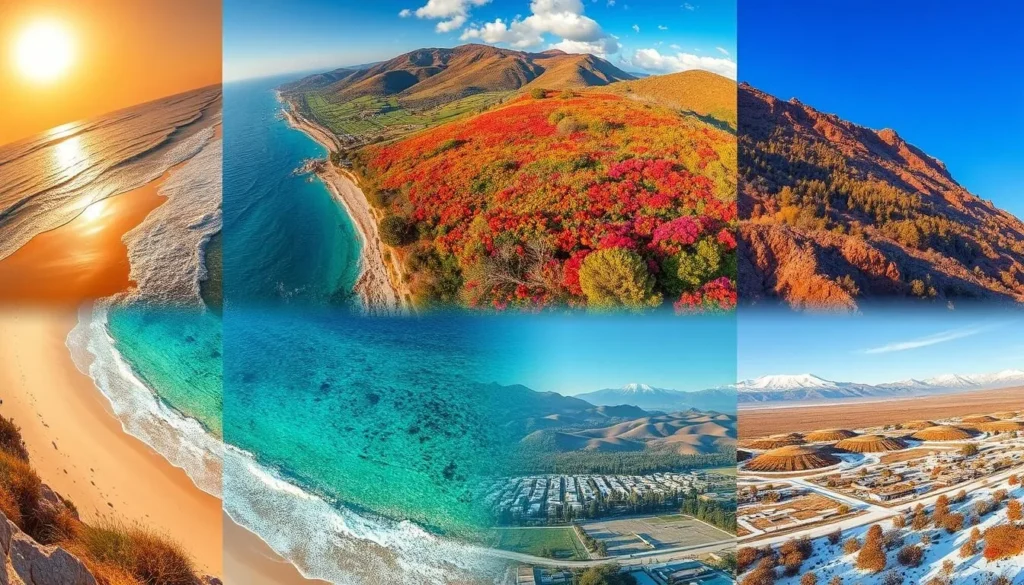
Winter (December to February): Cooler Temperatures and Rain
Winters in Israel are generally mild, but the country experiences cooler temperatures and rainfall during this time. The Galilee region receives the most rainfall, making it lush and green. However, this can also make it a less ideal time to visit certain areas. Tel Aviv and the Mediterranean coast enjoy mild winters, with temperatures ranging from 15-17°C (59-63°F), making it a great time to explore the city.
Best Activities for Each Season
Regardless of the time of year you visit, there are plenty of activities to enjoy in Israel. During the summer, you can enjoy the beaches and water sports. In the winter, explore the country’s cultural attractions, or visit the Negev Desert for some exciting desert adventures. Spring and fall are perfect times for hiking and exploring the outdoors.
Regional Considerations: From Tel Aviv to Jerusalem
Israel’s diverse regions experience different climate conditions, making it essential to consider regional variations when planning your itinerary. While Tel Aviv is hot and humid in the summer, Jerusalem is more comfortable. The Dead Sea area remains warm year-round but becomes extremely hot in summer. Eilat on the Red Sea enjoys a desert microclimate, making it a popular destination regardless of the season.
| Region | Summer | Winter |
|---|---|---|
| Tel Aviv | Hot and humid | Mild |
| Jerusalem | Comfortable | Cool |
| Negev Desert | Scorching | Cool nights |
| Dead Sea | Extremely hot | Warm |
| Eilat | Hot | Warm |
Planning Around Jewish Holidays and Events
When planning your trip to Israel, it’s crucial to consider the Jewish holidays and events that can significantly impact your travel experience. Israel’s cultural and religious calendar is filled with significant holidays, each affecting tourism, transportation, and local businesses in various ways.
Major Holidays That Impact Travel
Jewish holidays like Rosh Hashanah, Yom Kippur, and Passover are pivotal events in the Jewish calendar. Rosh Hashanah, the Jewish New Year, is a quiet, reflective period that lasts for two days, during which almost all businesses shut down. Yom Kippur, or the Day of Atonement, is the holiest day of the year, bringing all transportation to a standstill. Passover, a week-long festival, attracts thousands of Jewish visitors from around the world, making it a peak travel period.
- During Yom Kippur, the country experiences a complete transportation standstill, with no public transit and closed international airports.
- Rosh Hashanah brings partial closures, with many businesses shut for two days and reduced public transportation schedules.
- Passover sees normal transportation services but extremely high demand, resulting in fully booked accommodations and higher prices.
How Holidays Affect Transportation, Accommodation, and Businesses
The impact of Jewish holidays on travel to Israel can be significant. During major holidays, you can expect changes in transportation schedules, accommodation availability, and business operations. For instance, during Yom Kippur, all forms of transportation come to a halt, while during Passover, tourist sites become crowded, and hotel rates skyrocket.
- Restaurants may alter their menus to comply with holiday-specific dietary restrictions.
- Government offices, banks, and many businesses close or operate with reduced hours during holidays.
- While holidays can complicate travel logistics, they also offer unique cultural experiences and insights into Israel’s religious heritage.
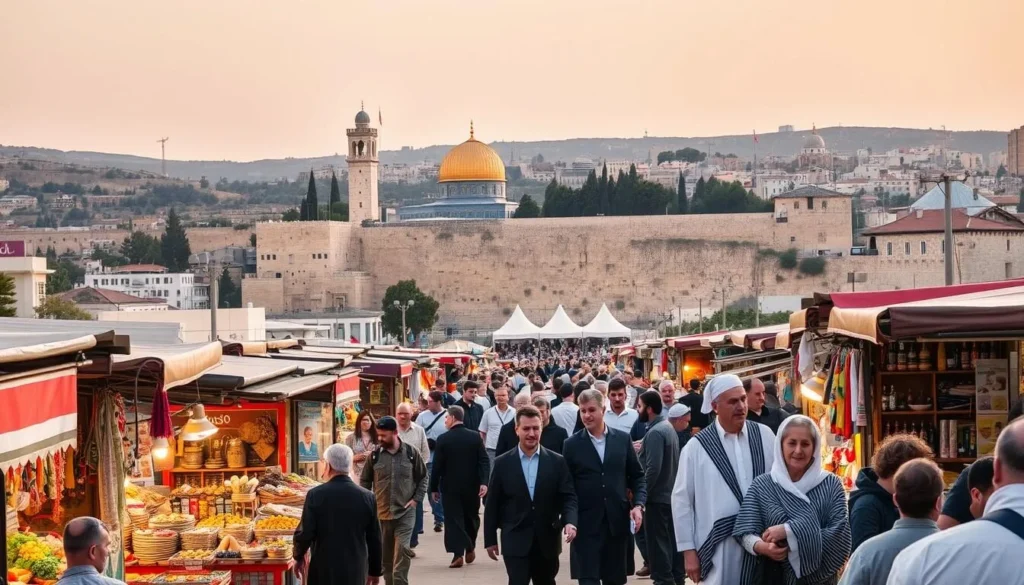
Practical Travel Tips for Your Israel Trip
When planning your trip to Israel, consider visiting during the shoulder season (spring or fall) for optimal weather and smaller crowds.Packing appropriatelyis crucial; include lightweight clothing for summer and layers for winter. Respect local customs by dressing modestly when visiting religious sites. You should also consider hiring a local guide to enhance your understanding of the country’s complex history and culture.
To make the most of your trip,plan aheadand book accommodations in advance, especially during peak travel seasons or holidays. Purchasing a multi-site pass can offer significant savings if you plan to visit numerous historical sites. Allow at least 7-10 days to explore Israel comfortably, taking in the rich history and culture without feeling rushed. With these tips, you’ll be well-prepared for an unforgettable journey.
—
The above is subject to change.
Check back often to TRAVEL.COM for the latest travel tips and deals.
